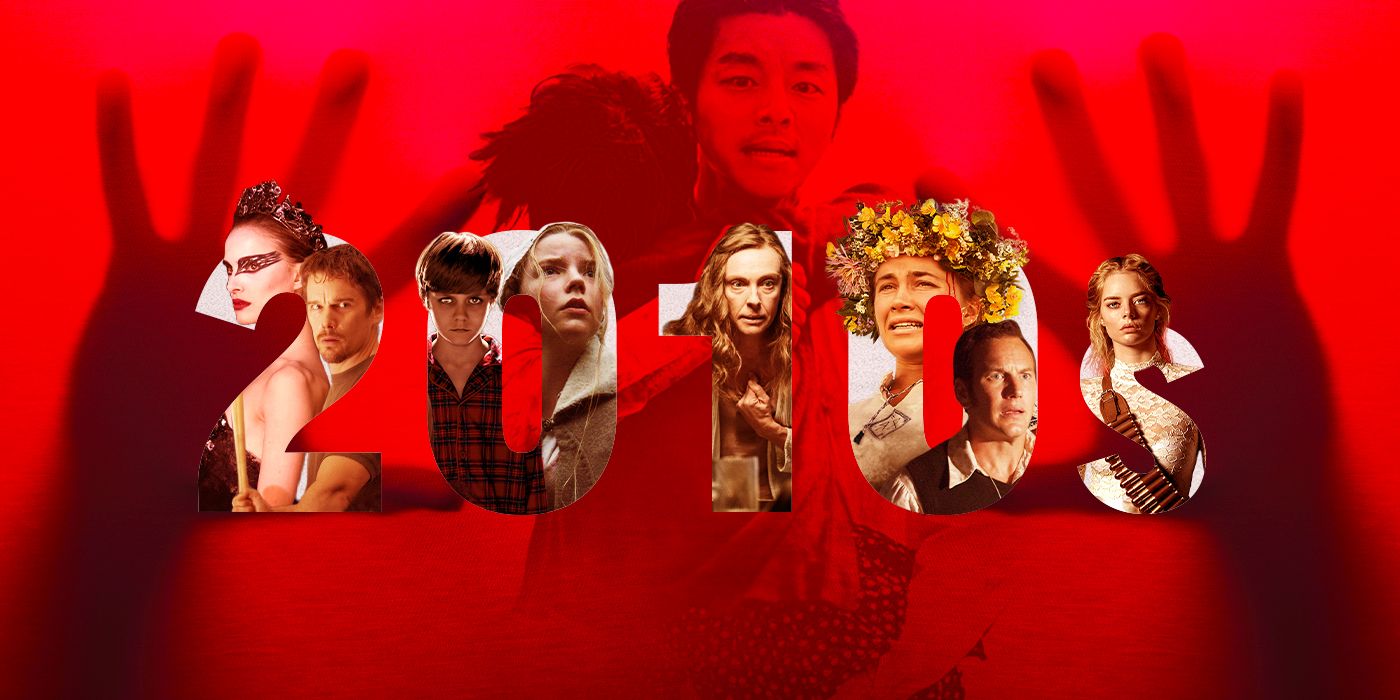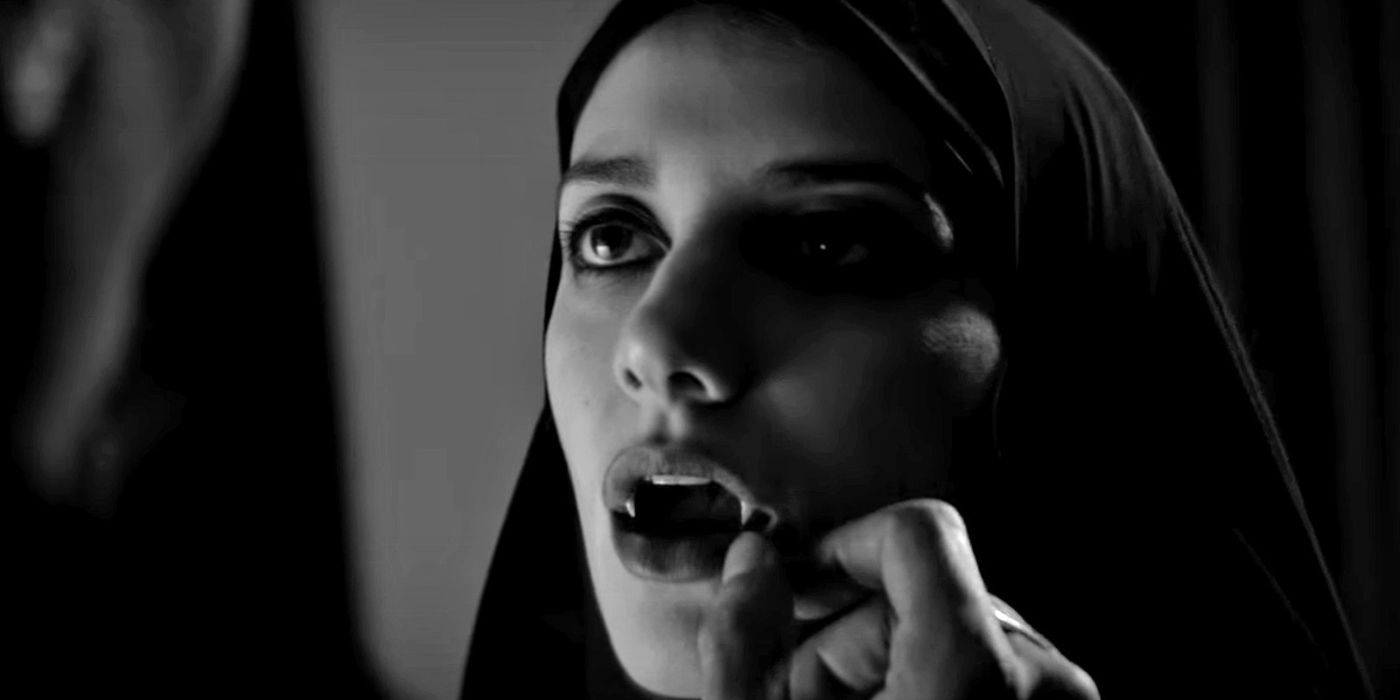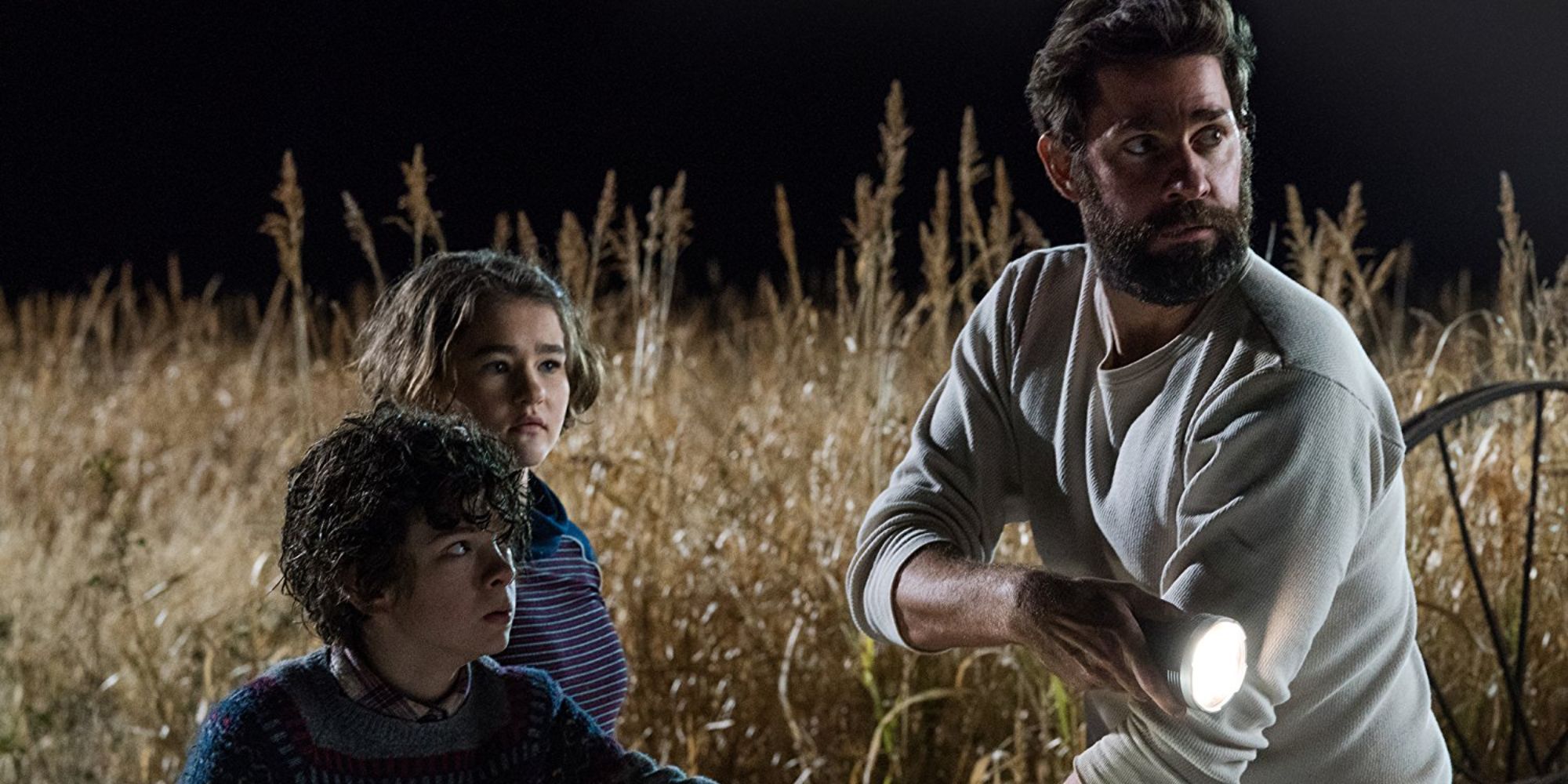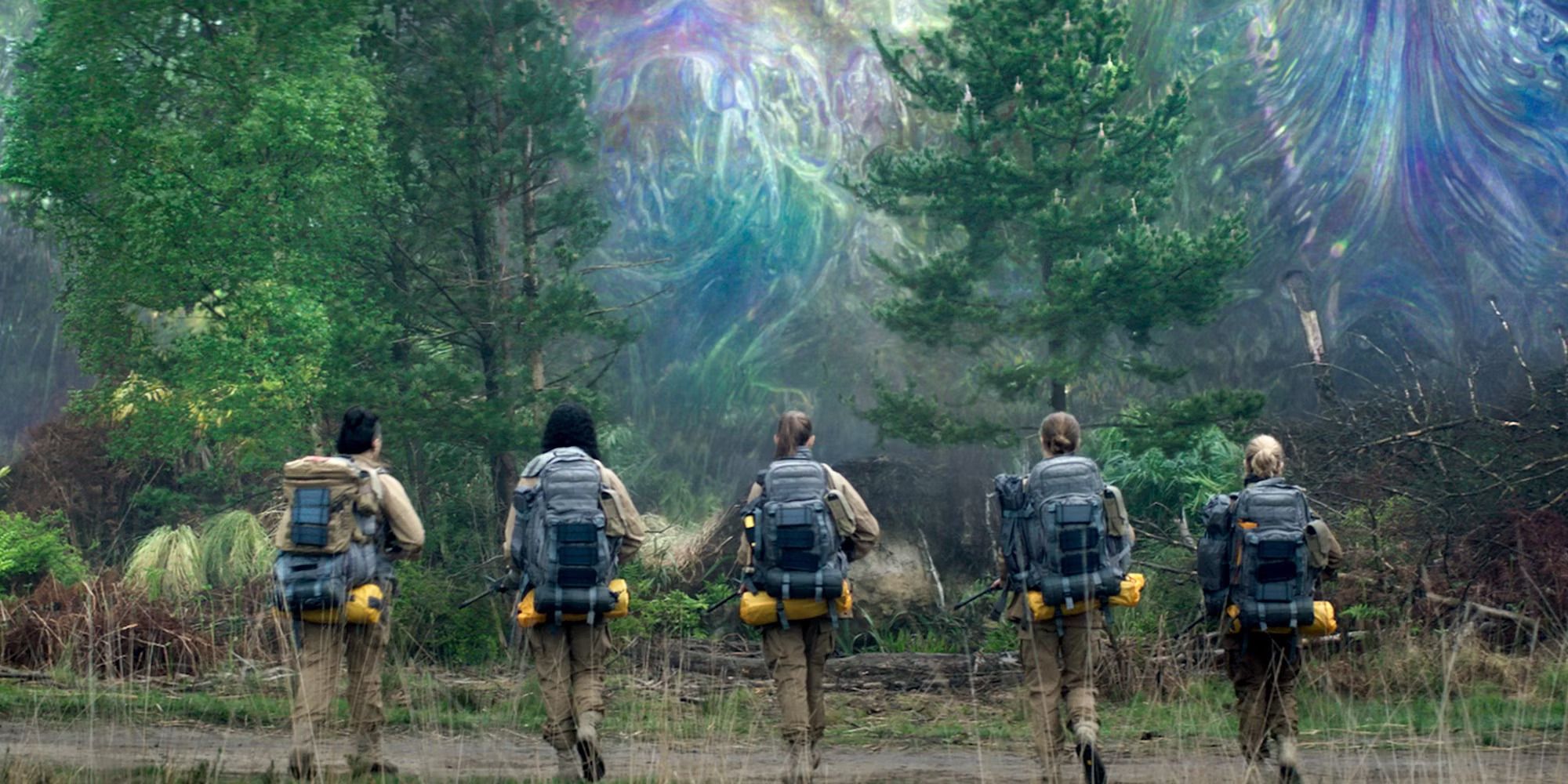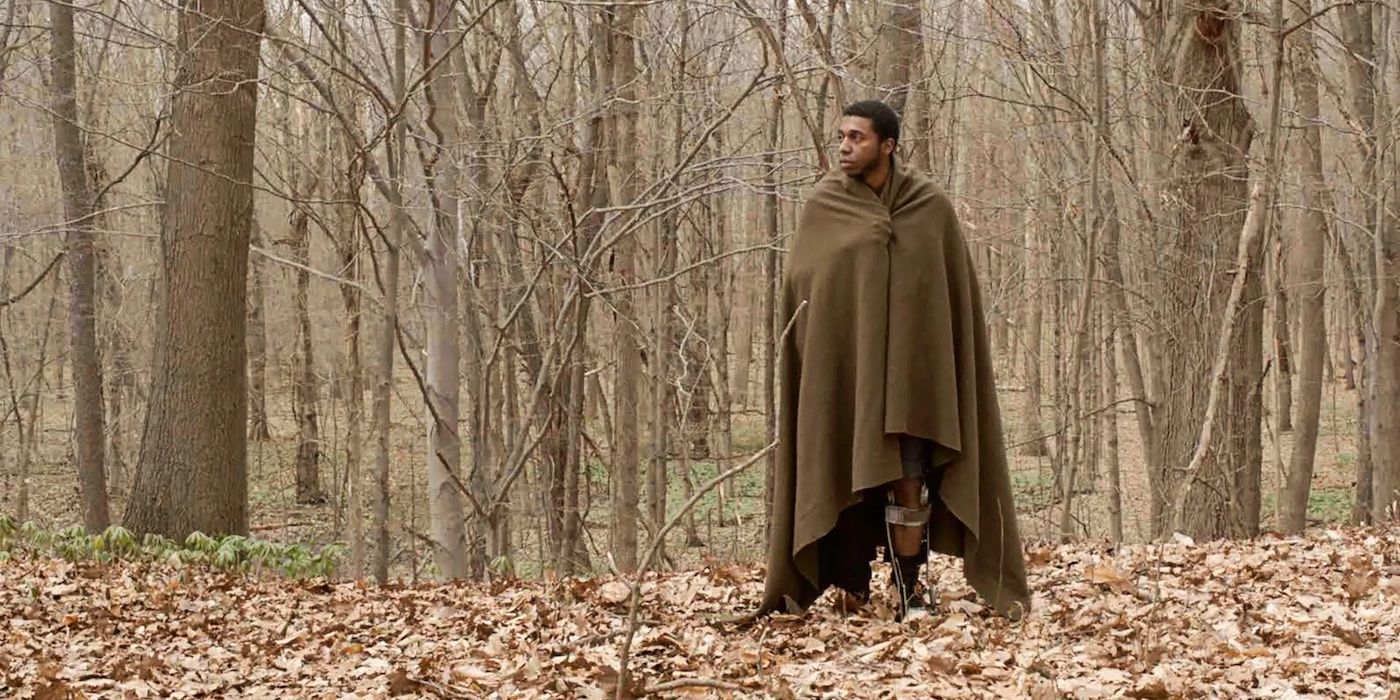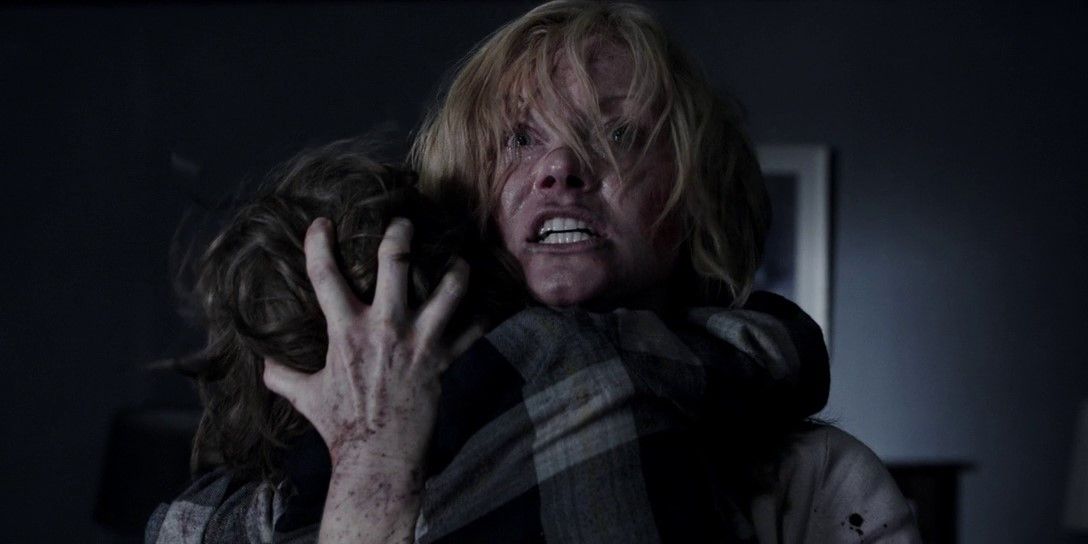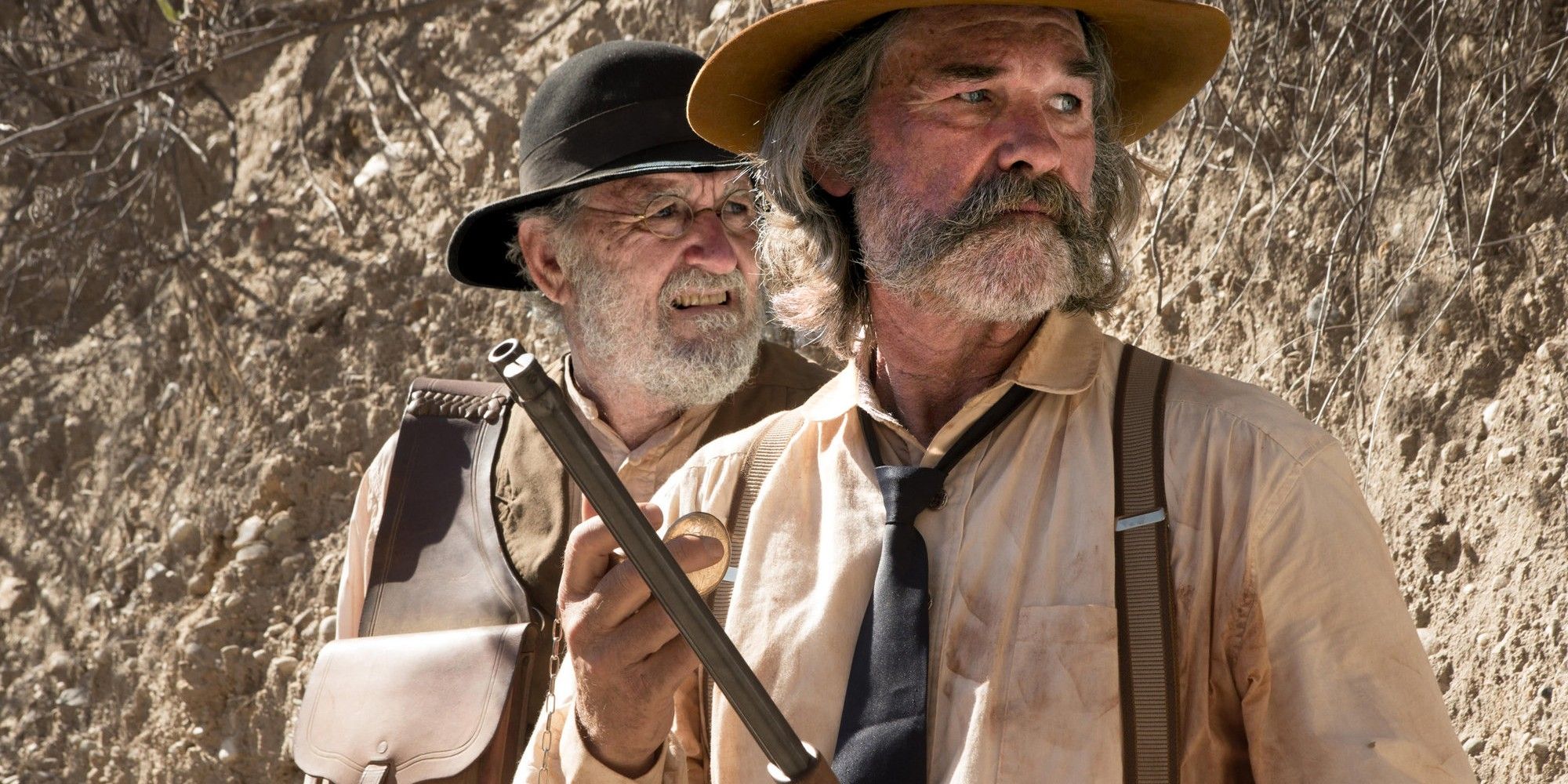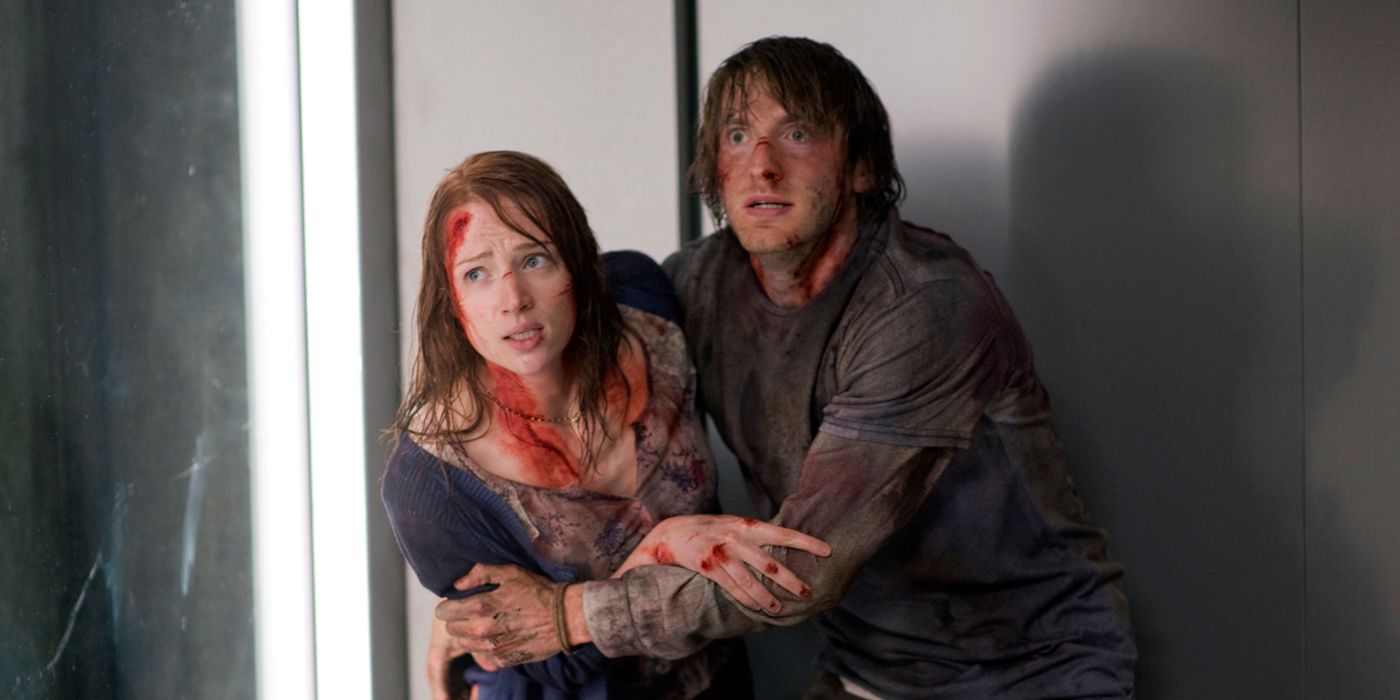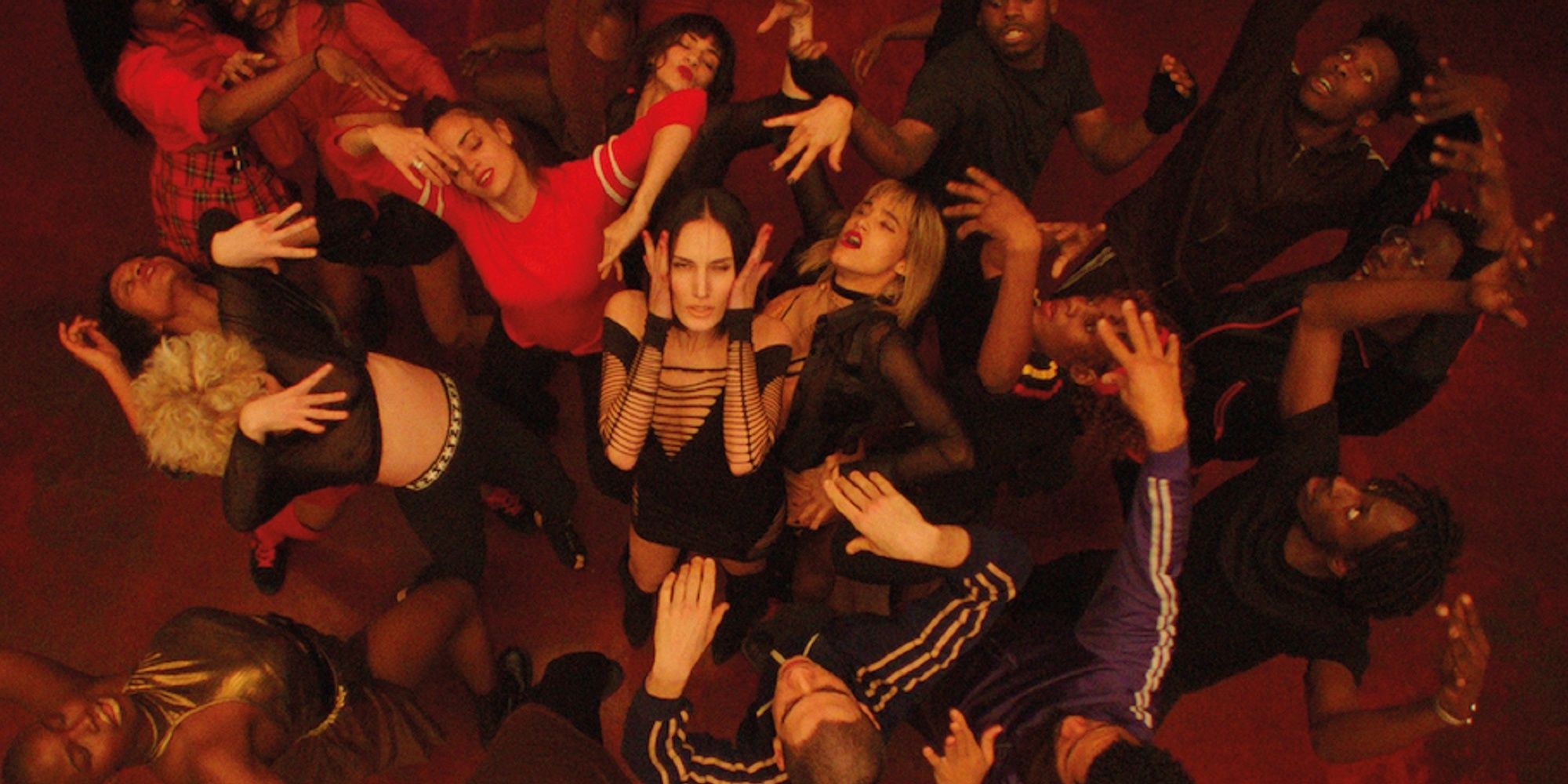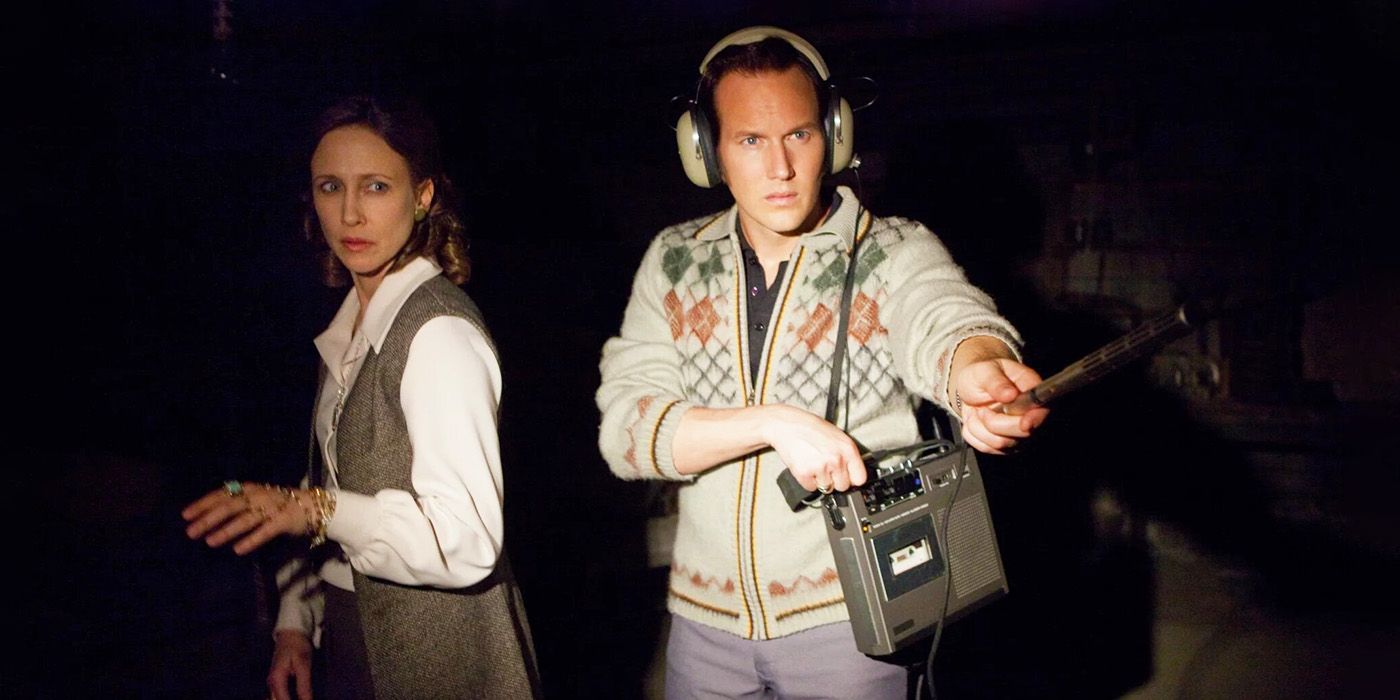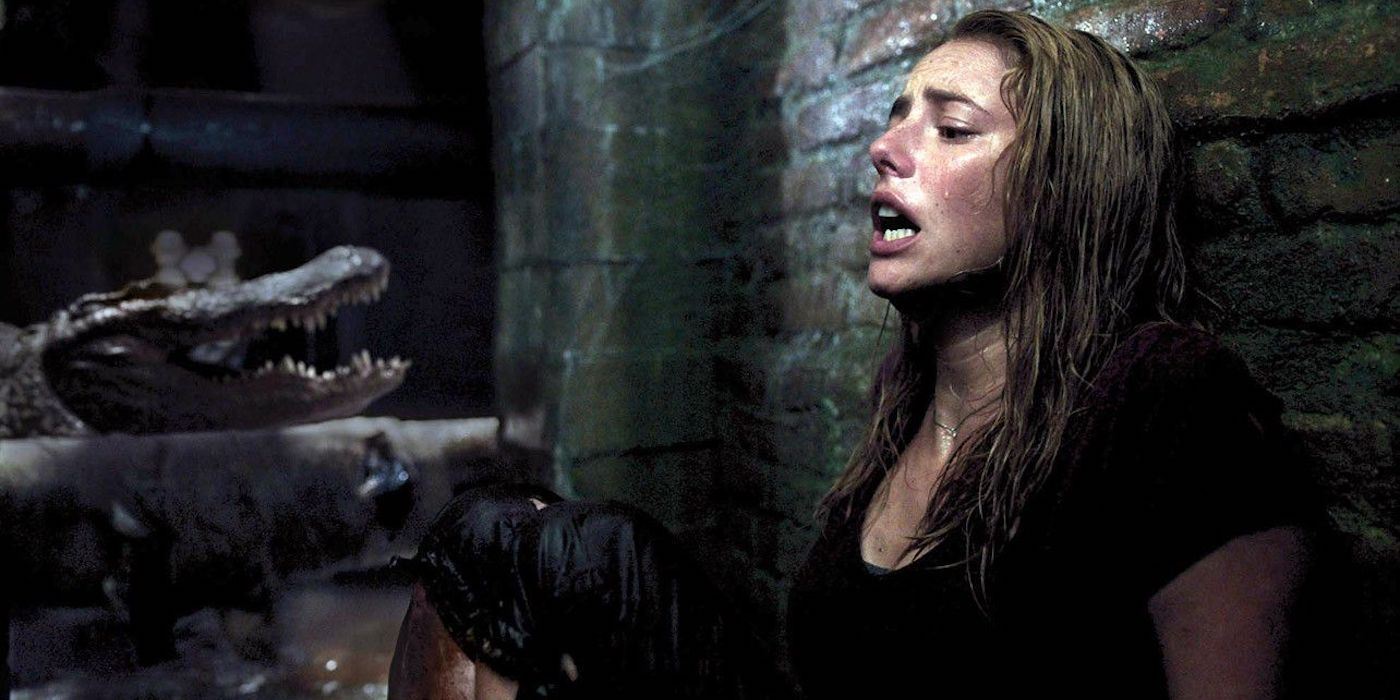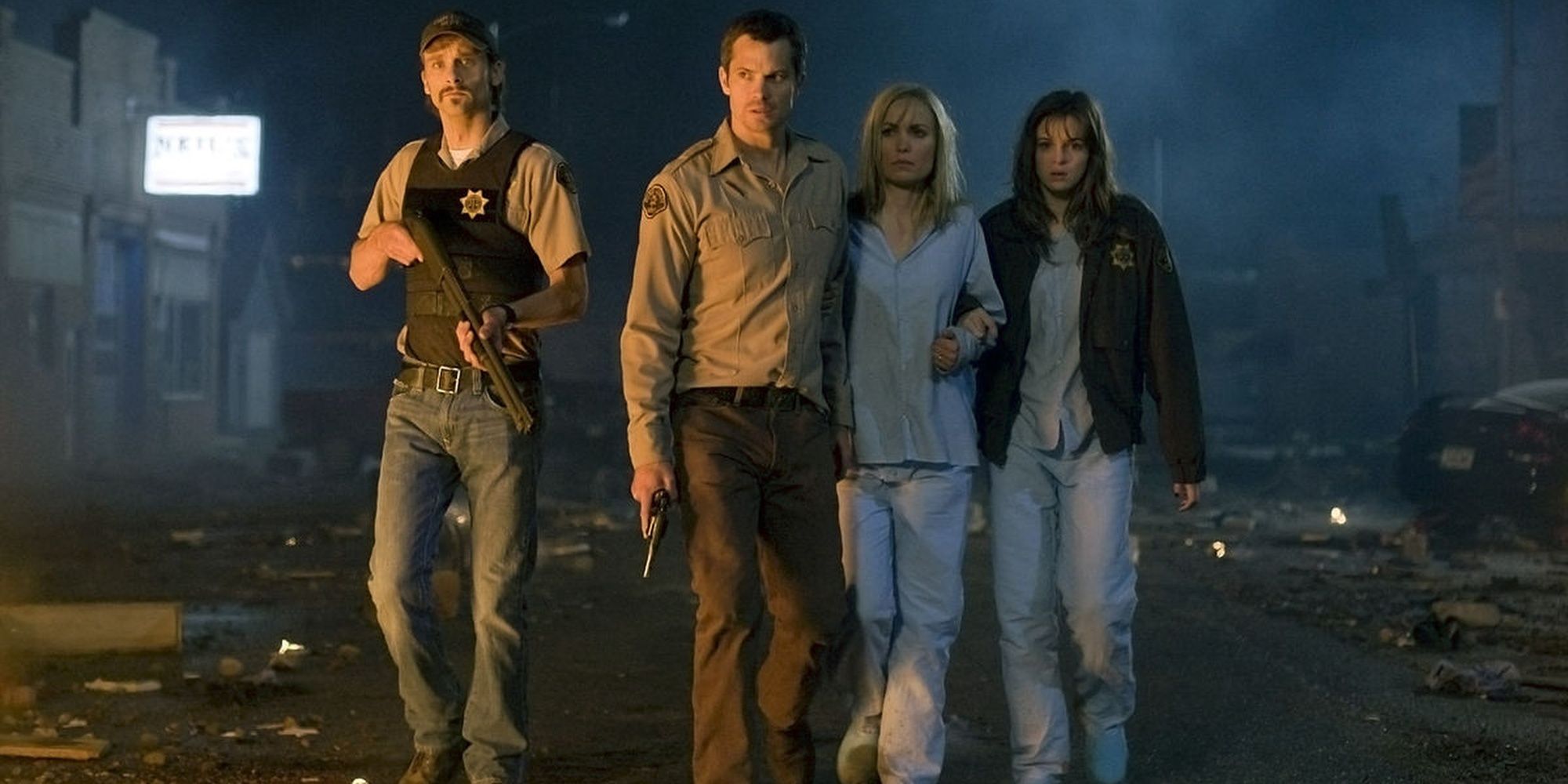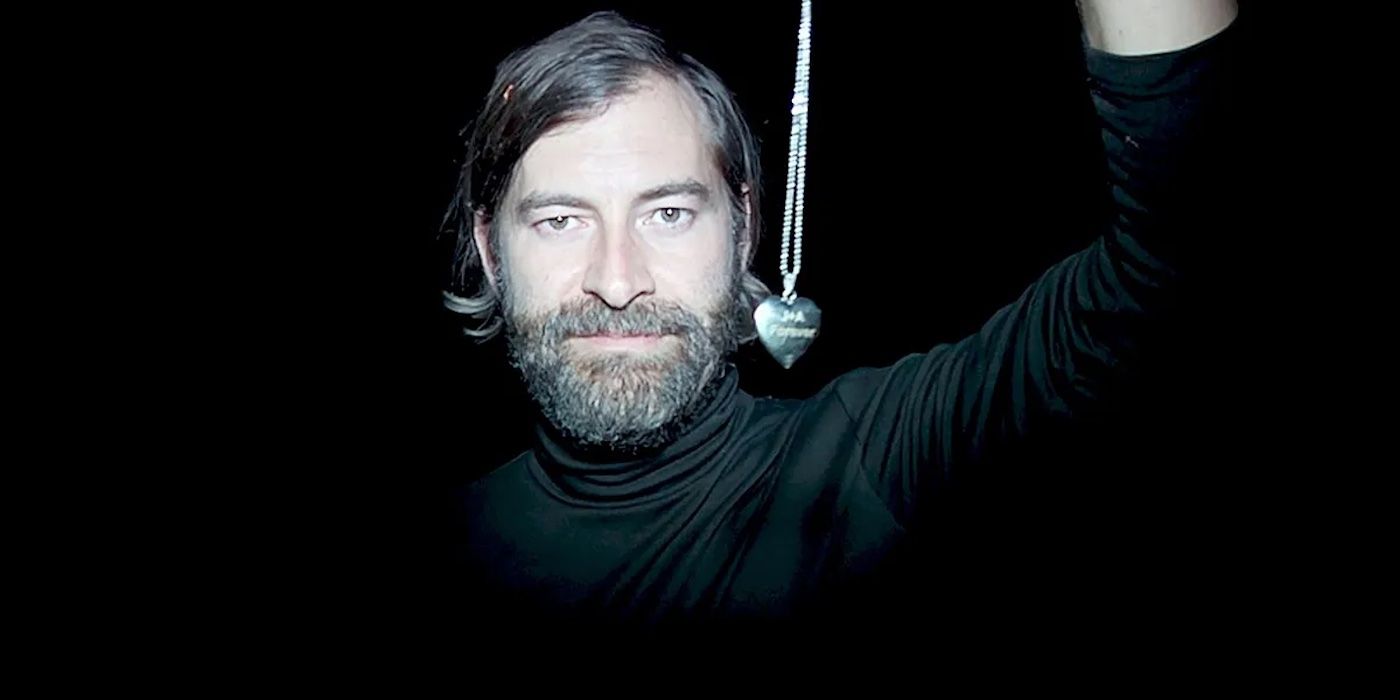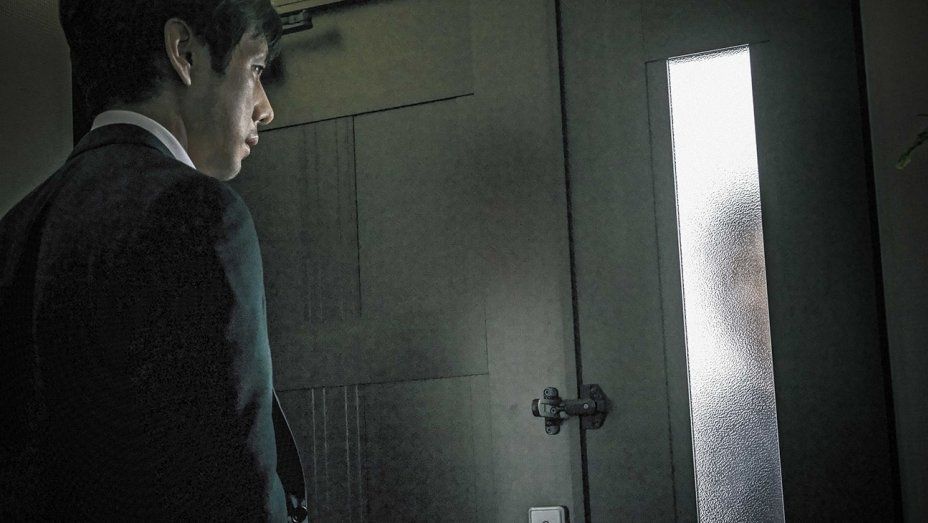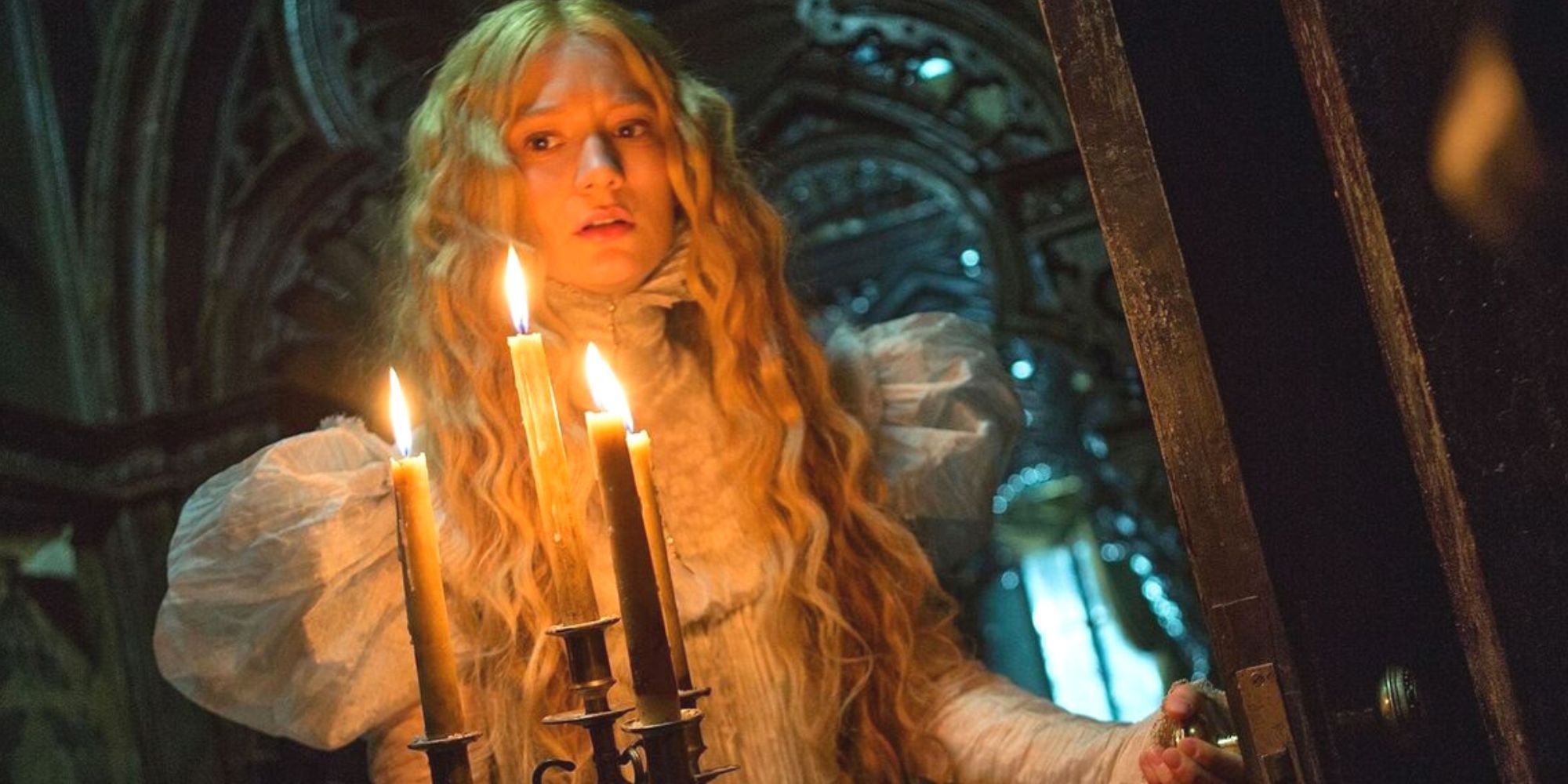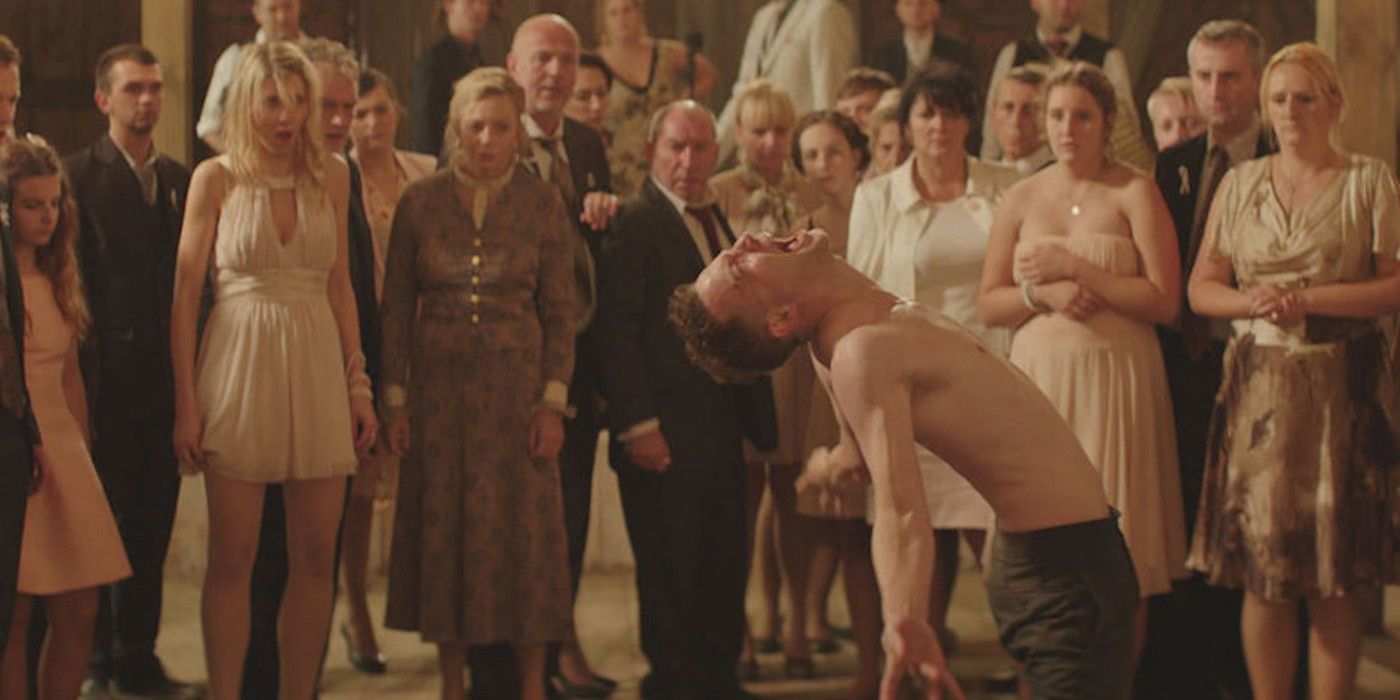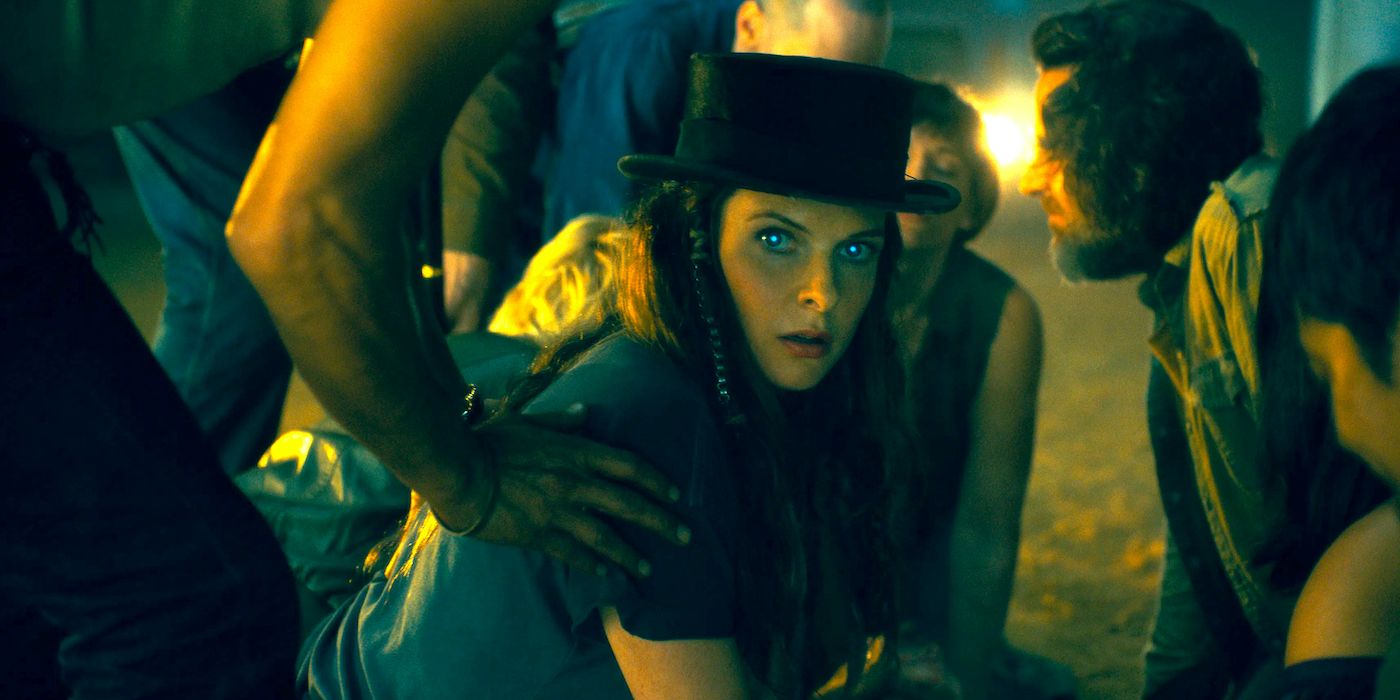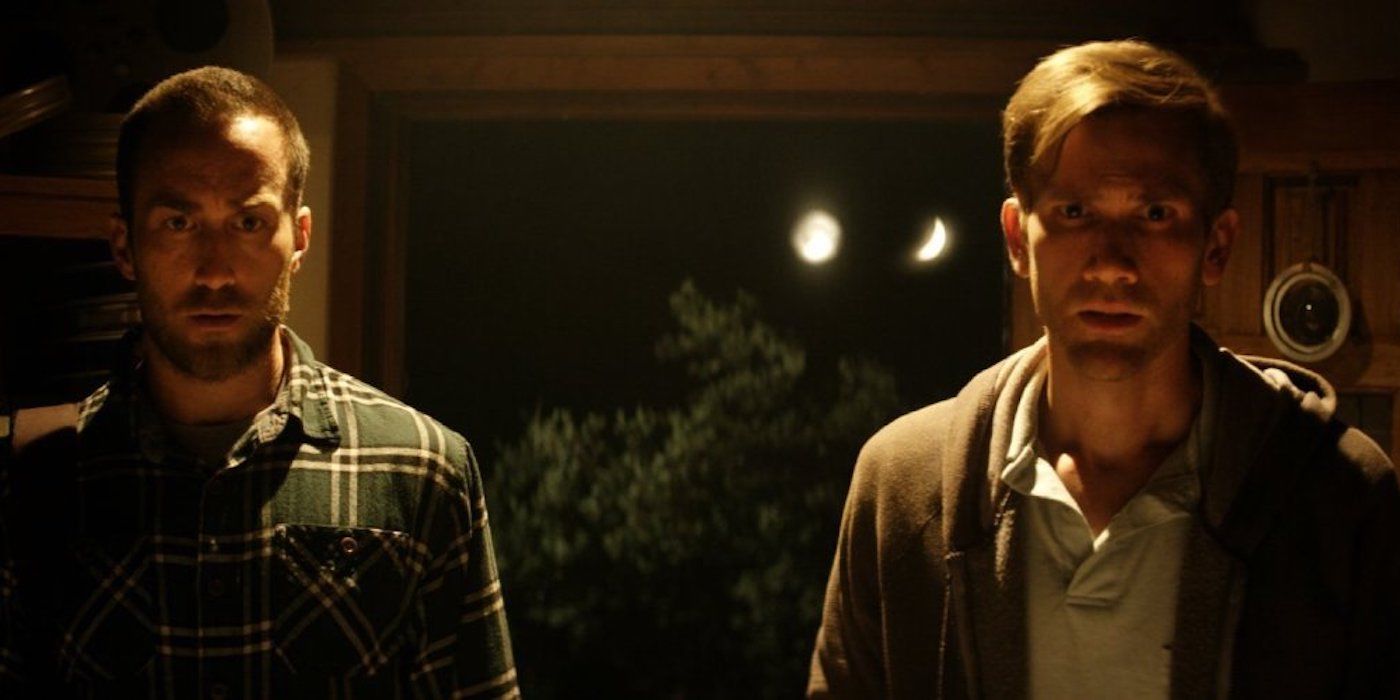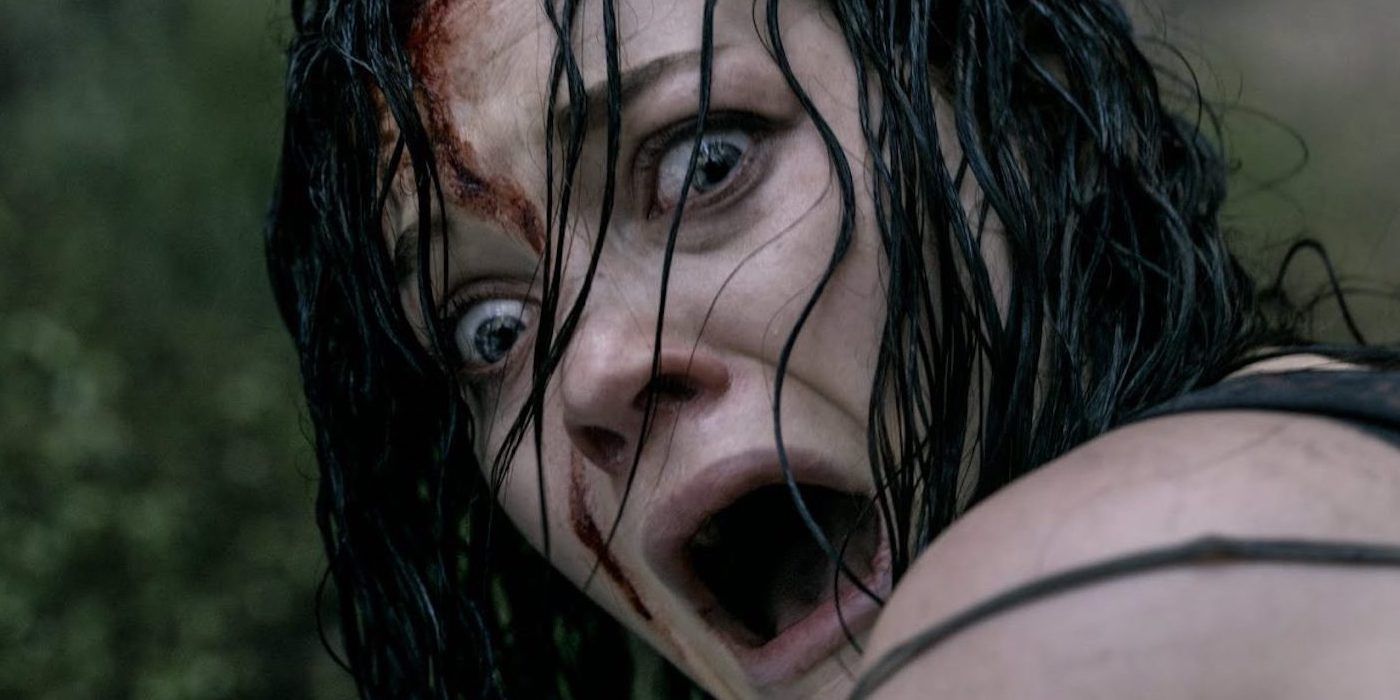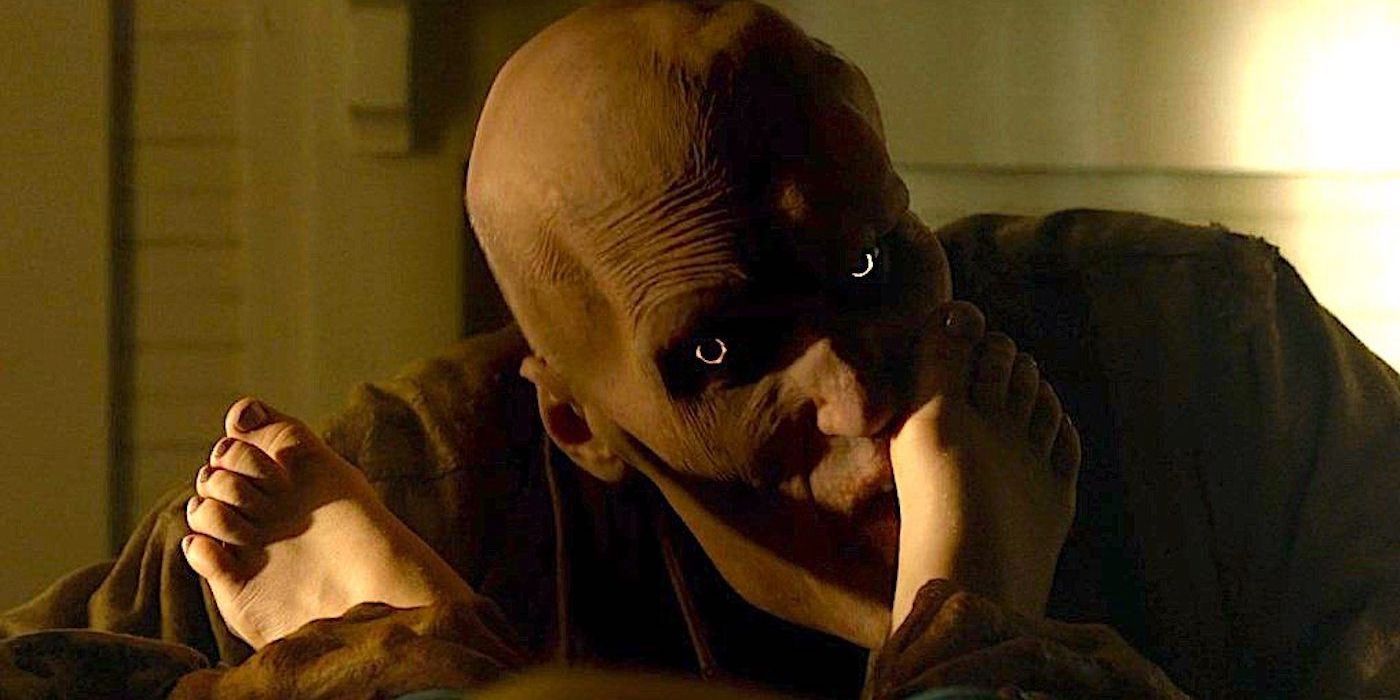Horror has, in many ways, taken up the mantle of the B-movies code of creativity, using often itty-bitty budgets to create atmospheric, expressive visions of terror and the grotesque side of humanity’s desires. Directors like Wes Craven and John Carpenter emblemized this kind of thinking in the 1980s and early '90s, but the scene exploded with the advent of digital filmmaking in the 00s and, soon enough, the market was flooded with…well, mostly junk. The ease of production didn’t necessarily mean that those who envisioned and made these films had the scrappy problem-solving abilities that Walter Hill had, or even had the heightened sense of composition that made Carpenter a legend. It just meant that anyone who had a fondness for cheap scares and cheaper effects in the same vein as Sean S. Cunningham could now make something similar with a production budget well under a million. The same went for most genres of filmmaking that were given brand-new vistas with digital becoming the new norm.
And yet, at the same time, a slew of smart, young filmmakers used the freedom that digital allowed to start making films of astonishing ferocity and intimate detail, as much in horror as in drama, comedies, musicals, or film noirs. At the same time Joe Swanberg and Andrew Bujalski came on the scene, so did Ti West and Adam Wingard, arguably the most talented of this youthful generation of horror hounds. This was also when Rob Zombie put down the down-tuned guitars and picked up a camera, and his filmmaking has increasingly suggested a liberated artistic vision unlike anyone else in the horror racket, or really anywhere on the cinematic spectrum.
The 2010s saw the arrival of just as many new up-and-coming voices, including critical and commercial successes from Jordan Peele and Ari Aster, and festival favorites from international filmmakers like Julia Doucournau, Coralie Fargeat, Issa López, and Panos Cosmatos. The A24 horror revolution gave us some of the best horror titles of the 2010s, starting with Robert Eggers' VVitch. At the same time, production companies like Blumhouse and New Line continued to double down on the potential for horror franchise hits with the enduring appeal of IPs like Halloween and IT.
Here are the very best horror movies of the 2010s.
1 'A Girl Walks Home Alone at Night' (2014)
We need more black and white chillers these days, don’t you agree? Ana Lily Amirpour seems to, and her debut film A Girl Walks Home Alone at Night acts as total proof of that. This 2014 horror film was promoted as the “first Iranian vampire Western,” and that honestly couldn’t be more accurate. With a dash of Universal’s Dracula films, a heaping of spaghetti-western iconography, and a vampiric feast set in the fictional Iranian city that is simply dubbed “Bad City,” Amirpour delivers one of the few black and white chillers that horror fans have been starved for. Don’t forget the interesting subversion of this film’s title that the plot throws. Without spoiling things, the Girl (in a delightfully eerie performance from Sheila Vand) is able to walk home alone at night just fine. It’s everyone else that you should be concerned about, trust me. — Sam Williamson
2 'A Quiet Place' (2018)
John Krasinski does his best Spielberg with A Quiet Place, and it turns out his best Spielberg is pretty damn good. The alien invasion horror-thriller stars Krasinski alongside Emily Blunt as a pair of parents trying to keep their family alive in a world where alien monsters hunt by sound. Don’t scream, don’t cry, don’t even whisper — or the armored beasts will obliterate everything in their path, including you and your loved ones. The concept does a lot of heavy lifting on its own, but Krasinski directs the hell out of the material, staging a number of stellar set pieces strung together with piano wire tension, and wisely putting the spotlight on Blunt, who carries the film with a whopper of an unspoken performance. A Quiet Place isn’t just a technical achievement — though the performances and sound design are award-worthy in their own right — but a thematically rich piece of storytelling that transforms the human desire to provide for and protect our family into a stomach-churning, nightmare-inducing rollercoaster of anxiety and emotion. — Haleigh Foutch
3 'Annihilation' (2018)
Humanity is fucked. Throughout history, no matter the circumstances, societies, marriages, kingdom and mankind have always found a way to pull themselves apart and burn themselves to the ground. Sure we do plenty of damage to each other along the way, but it’s the coded inclination to self-destruct that serves as the wellspring of horror in Alex Garland’s sci-fi head trip Annihilation. Assembling a knockout ensemble cast including Natalie Portman, Oscar Isaac, Tessa Thompson, and Jennifer Jason Leigh, Garland pulls from Vandermeer’s novel of the same name to craft an artful, experiential trip down the rabbit hole of self-destruction.
Alternately beautiful and disturbing, Annihilation offers twisted visions of biological perversions that shatter the natural order and complex character portraits that reveal the painful truths of the human condition. And that divisive final act might as well be an art installation — a psychedelic piece of cinema-meets-performance-art that looks to take on the subject of self-annihilation through the means of movement and cinema. Challenging, rich and rewarding, Annihilation is an ambitious film that swings for the fences, and it hits a hell of a home run. -- Haleigh Foutch
4 'The Alchemist Cookbook' (2016)
Fans of The Evil Dead may feel some quick kinship to this exhilarating oddity from Joel Potrykus, in which a young, isolated, and heavily medicated man named Sean loses his pills and seemingly encounters the legions of hell in the process. Credit newcomer Ty Hickson for fearlessly bringing the self-inflicted damage, confusion, and never-ending anxiety of mental health out so convincingly, with just the right dollop of pulp embellishment. His interactions with his cousin, played by a scene-stealing Amari Cheatom, are uproarious but also increasingly upsetting, as the would-be alchemist slides into a state of constant paranoia and distrust of his own body. This leads to some pretty harrowing scenes of self-mutilation and unchecked, uncontainable rage but The Alchemist Cookbook is not out to gross anyone out necessarily. The director wants to seek empathy and understanding of even the most misbegotten souls, those who speak with the devil and prove inevitably incapable of controlling it. — Chris Cabin
5 'The Babadook' (2014)
The Babadook isn’t just one of the best horror movies of the decade. It’ll wind up becoming a genre classic. The Babadook boasts one of the most memorable villains in recent history with a striking look, chilling bellow, and his own catchy nursery rhyme to boot. But what makes The Babadook exceptional is that it isn’t just some evil entity that needs to be vanquished. It’s a villain that haunts and torments with purpose, exploring how victims deal with their own inner demons. Director Jennifer Kent put herself on the map with this one, showing off a profound ability to blend reality with a fairytale-like feel through top-notch performances, stunning sets, and exceptional shot selection. First, you’ll get swept up in the atmosphere, then the sheer terror will take hold and finally, the thoughtful, twisted conclusion will ensure that you really can't get rid of the Babadook, even after the credits roll. – Perri Nemiroff
6 'Black Swan' (2010)
Darren Aronofsky’s Black Swan is art and horror all tangled up and splashed across the screen in gorgeous, chilling imagery. Natalie Portman leads the film in possibly the finest work of her impressive career as Nina, a prima ballerina cast in the role of The Sawn Queen, who simply wants to be perfect. While Nina was born for the Swan Queen role, she is too goody-good to nail the role of the Black Swan. Through Nina, we experience the horror within beauty and repression, as Nina’s stifled womanhood threatens to tear out of her in the guise of a dark double, her black swan, who excels at everything she lacks.
This conflict is seen in all her relationships; her claustrophobic intimacy with her mother (Barbara Hershey), her sensual rejection at the hands of her brilliant director (Vincent Cassel), for whom she is never quite good enough, and her lust for her fellow ballerina Lily (Mila Kunis), who lacks technique, but dances easily with the verve Nina cannot possess. As Nina’s madness consumes her, it manifests itself on-screen as reality buckles in a series of disturbing imagery. Through Nina’s quest to realize her womanhood, Aronofsky takes us into the horror of madness, perfectionism, and art by revealing the indelible ties between them. – Haleigh Foutch
7 'Bone Tomahawk' (2015)
Horror isn’t always associated with the Western genre, but Bone Tomahawk is one of the brilliant rarities. S. Craig Zahler’s terrifying historical epic introduced cannibals to a classical Western story, and it's remarkable how well the film satisfies the demands of both genres. As a Western, Bone Tomahawk explores themes of societal isolation, cultural appropriation, and frontier justice. That being said, horror fans aren’t likely to be disappointed by the horrifying appearance of a cannibalistic tribe of indigenous warriors that literally split their prey in two. Kurt Russell’s performance as Sheriff Franklin Hunt is one of his best; in many ways, it feels like a maturation of the Western heroes Russell played in films such as Tombstone and The Hateful Eight. Lost star Matthew Fox also gives one of his best performances as the ruthless killer Jack Brooder. -Liam Gaughan
8 'Cabin in the Woods' (2011)
Cabin in the Woods is the horror fanatic’s dream come true. The movie is brimming with clever and wickedly entertaining genre references, but Joss Whedon and Drew Goddard don’t stop there. The movie runs with the very familiar scenario of a group of college kids packing up and heading out to a cabin in the woods for a wild weekend, but in this instance, everything that goes down happens for an insanely creative reason. Thanks to an ingenious core concept, Cabin in the Woods lets you have loads of fun with familiar situations, victims, and creatures but also lets you indulge and appreciate them in a whole new way — like all at once in an elevator bank for example. – Haleigh Foutch
9 'Climax' (2019)
Known for his audacious storytelling, Gaspar Noé takes a relatively accessible route in Climax, an under-watched masterpiece. The movie immerses its audience into a psychedelic journey like no other as a dancing troupe's party spirals into a hallucinogenic nightmare. Noé's signature cinematography stands out, amplifying the vivid aesthetic of a bad trip that's both surreal and uncomfortably realistic. While grounded in a clear narrative that’s easy to follow, Climax is more concerned with style than substance, offering an emotional rollercoaster that’s unlikely anything else. All the while, Noé pushes its dancers into madness, flawlessly capturing the tension that comes from drug abuse once the pleasure is slowly replaced with paranoia. This movie is a one-of-a-kind venture into the dark corners of the human psyche, proving Noé's prowess in pushing cinematic boundaries. – Marco Vito Oddo
10 'The Conjuring' (2013)
There are a lot of possession movies out there, but James Wan’s approach to bringing one of Ed and Lorraine Warren’s cases to screen in The Conjuring has far more heart and technical expertise than most. Based on one of their real case files, the movie centers on the Perron family. Almost immediately after Roger (Ron Livingston), Carolyn (Lili Taylor), and their five daughters move into a rundown farmhouse, strange things start to happen. Not only does Wan manage to make The Conjuring the Perron family’s story, establishing strong connections between characters, a charming family dynamic and then showing how the evil entity could destroy it, but he also perfectly pairs it with the Warrens’ perspective, well representing why they feel the need to help and then also the toll the case takes on them. The pairing results in an especially layered possession story that spark chills because you’re genuinely concerned for the characters, not because it’s packed with jump scares. – Perri Nemiroff
11 'Crawl' (2019)
Where have all of the killer animal movies been over the last few decades? They ran rampant in the 20th century and have disappeared off the face of the Earth! If only filmmakers took note of the sick fun that movies like Crawl bring us. Never before has it been such a treat to watch alligators absolutely lay waste to their victims. Once things get rolling, director Alexandre Aja rarely ever allows the movie to let up. Between a Category 5 hurricane and way too many alligators, Crawl delights in ratcheting up the tension by upping the threat of the storm and the jaws of the reptiles like a deadly game of ping pong. With nowhere for Haley Keller (Kaya Scodelario) and her dad Dave (Barry Pepper) to run, you’ll be left glued to the screen for the cinematic force of nature that is Crawl. — Sam Williamson
12 'The Crazies' (2010)
In remaking one of George A. Romero's lesser-known masterworks, Breck Eisner spins a chilling vision of unexplained, untreatable madness, and suggests that his true place was always in horror, rather than in unbearable adventure pictures like Sahara. A sheriff (Timothy Olyphant) and his pregnant wife (Radha Mitchell) find themselves at the center of a seeming plague of murders when local denizens of a small Midwest town start killing friends, neighbors, and family members for unclear reasons. As is suggested in Scott Kosar and Ray Wright's script, the killers essentially have their belief in society scratched off, leaving only greedy, violent beasts, and it’s ironically the tools of a working society (farming and medical equipment) and the titles given to those higher-up in society (doctor, police officer, etc.) that become the implements and enablers of these murders. And like so many frightening stories, the monster isn't entirely put back in the closet when the film ends, suggesting that, along with a storyline involving chemical weapons, our undiluted, bestial nature has already gone way beyond the point of no return. – Chris Cabin
13 'Creep 2' (2017)
Patrick Brice and Mark Duplass teamed up again for another sociopath surprise with Creep 2, which sees the return of Duplass’ disarming serial killer who likes to form friendships with his victims before he sends them to his grave. The thrills and scares in Creep were born out of the utter uncertainty of what Josef—who adopts the name Aaron in the sequel—would do next. Of course, now that we know what he’s up to, how could a sequel deliver the same level of unnerving intrigue?
Wisely, it doesn’t try. Instead, Brice and Duplass script new kinds of comedy and tension, finding Aaron at a point in his life when he’s lost his urge to kill. Rudderless without his life’s great passion, he invites Desiree Akhavan’s videographer Sara to his home where a fascinating dance of empathy and miscommunication follows. He tells her everything about his dark misdeeds and she doesn’t believe a word of it, leading the two “artists” try to help each other back to inspiration; a unique dynamic played to a tee by Duplass and Akhavan, who matches his unsettling charm with an unflappable charisma of her own. It’s not as scary as the first film, but it’s an improvement in every other way, digging deep into Brice and Duplass’ deeply creepy creation and investigating what makes him tick. — Haleigh Foutch
14 'Creepy' (2016)
Kiyoshi Kurosawa returns with a vengeance with Creepy, easily his most frightening slices of psychological horror to date. It starts out simply enough: a former cop (Hidetoshi Nishijima) returns from a teaching job to hunt a killer with the power to convince anyone to do what he says. It’s a simple, moody set-up and Kurosawa milks the movie for a potent, often devastating eeriness, matched with an increasing sense of helplessness that never tips over into sadism. Teruyuki Kagawa’s villain isn’t like, say, The Purple Man from Jessica Jones in his abilities. He psychologically kneads his victims, and wears them down almost with inane chatter and random mood swings. His colonizing of their very ability to make decisions is shown as almost mundane, which makes its power all the more astonishing and terrifying. The director rarely gets flashy, but his images are at once desolate and pregnant with menace, portraying the suburbs of Japan as a breeding ground for a sadistic kind of lethargy and boredom, as well as a certain breed of analytical, behavioral genius. — Chris Cabin
15 'Crimson Peak'
As psychologically haunting as it is viscerally emotional, Guillermo del Toro’s Crimson Peak wears its blood-soaked heart on its scrumptious sleeve. A tribute to personally formative gothic classics like Jack Clayton’s The Innocents, Crimson Peak features ghosts and vampires who possess multidimensional souls and impart lessons on true humanity; it’s born-and-bred mortals who delight in sadism. Protagonist Edith Cushing’s (Mia Wasikowska) soulful monster is the love of her life, Thomas Sharpe (Tom Hiddleston), the dark and handsome Englishman she marries after a whirlwind romance and a move to his haunted ancestral mansion that semi-literally bleeds.
Del Toro demonstrates an intuitive understanding of what makes the gothic romance tick, which is as much isolated social outcasts meeting by fated chance as it is the threat of violence from an intimate partner. Even the most sensible gothic leads don’t suspect their husbands of harboring dark secrets, a genre requirement that either impedes a fulfilling romance or eviscerates all hopes of anything except traumatic Final Girl resilience. If Thomas Sharpe is one of Del Toro’s beasts given a human body, both culpable in his crimes yet caged in their hopeless cycle, then Edith personifies the modern Victorian heroine, a career-minded horror writer stifled by male expectations long before she’s forced to unravel Allerdale Hall’s layered horrors. Yet it wouldn’t be a Del Toro feature, or a truly gothic exercise, without beauty: suffused with billowing nightgowns, crackling candelabra frames, and dread-drenched shadows, Crimson Peak has no shortage of bold visual decadence to match its tender emotional resonance. — Kelcie Mattson
16 'Demon' (2015)
Possession becomes a link to historical reckoning in Marcin Wrona’s unnerving take on the Jewish myth of the dybbuk, a restless, chaotic spirit who takes hold of a living person. Here, the unsteady binds that tie Poland to Europe in the wake of the Holocaust, are reflected in the wedding between a Polish woman and her Londoner groom, which is uprooted when a member of the wedding party begins to lash out in unusual ways, speaking about age-old happenings. Like with the best horror, there is plenty of humor, and the sting of modern capitalistic ruthlessness and the selfishness that often comes with unrequited love are constantly invoked. They feed into the feeling of a powerful but not necessarily malevolent force whose outrage and confusion can turn a gorgeous catered affair into flaming wreckage forged by human frailty and the unvanquishable, blood-drenched crimes that have shaped history. — Chris Cabin
17 'Doctor Sleep' (2019)
Mike Flanagan was faced with a very difficult task with Doctor Sleep. The film had to work as an adaptation of Stephen King’s beloved novel of the same name, as well as satisfy fans of Stanley Kubrick’s The Shining who were curious about the fate of Danny Torrance (Ewan McGregor). Doctor Sleep succeeds on both fronts; Flanagan manages to creatively intertwine the influence of both Kubrick and King as he puts an original stamp on the horror genre. If The Shining was a study of madness, Doctor Sleep is a film about regret and healing. The time dedicated to showing Danny’s recovery from alcoholism makes the film’s final action sequence at the Overlook Hotel even more exciting. On top of that, Rebecca Ferguson’s performance as the immortal being Rose the Hat is one of the more terrifying horror villains in recent memory. Flanagan pushes the boundaries of an R rating early on with a graphic sequence of child dismemberment. — Liam Gaughan
18 'The Endless' (2018)
Filmmaking duo Justin Benson and Aaron Moorhead made a name for themselves with their pensive, emotional horror movies Resolution and Spring, which offered two very different approaches to character-driven drama with a healthy dose of Lovecraftian madness. With The Endless, Benson and Moorhead leveled up their technical and creative accomplishments, crafting a complex but complete realm of mythology and cosmic horrors where two brothers are forced to confront and reconcile their broken relationship and spiritual beliefs. Surprisingly funny with a creeping sense of dread, The Endless is heartfelt and clever, confidently crafted, and a testament to what passionate filmmakers can achieve with limited means and a whole lot of talent. — Haleigh Foutch
19 'Evil Dead' (2013)
This could have gone so wrong. Any fan of Sam Raimi's Evil Dead trilogy must have screamed out in objection when a remake of the beloved horror franchise was announced, and rightly so. Few directors have ever been able to hone in on the distinct tones of the demented and surreally grotesque as Raimi did, and those who have tried have often come off as rushed or overtly cynical. And though this remake never quite nails Raimi’s sense of humor and visual exuberance, there's a maniacal edge to Fede Álvarez's stylish retelling of the tale of the Necronomicon and the poor college kids who stumble across the tome in a backwoods home and endure a night of supernatural horrors. Alvarez balances the sheer lunacy of the world - woods coming to life, black blood, screaming banshees, etc. — with a grimmer aesthetic than Raimi, but he never allows the gloominess of the atmosphere to smother out the seductive dementia of the story and the playful energy of the performers involved. This, like The Crazies and Let Me In, gives remakes a good name. – Chris Cabin
20 'Gerald's Game' (2017)
Before Doctor Sleep, Stephen King’s Gerald's Game made the jump from page to screen under the direction of Mike Flanagan, a master of literary adaptations. The movie tells the story of Jessie, a woman (Carla Gugino) who gets trapped in a bed after her husband (Bruce Greenwood) cuffs her as part of a sex game right before having a heart attack. With no neighbors to hear her cries for help, Jessie is left to face her slow and lonely death while thinking about the emotional prisons she put herself into for so many years. While Gerald’s Game deals with Jessie’s unnerving situation, it also explores themes of abuse and toxic relationships, forcing the woman to confront her past traumas and realize that she must break free in more than one sense. Flanagan’s brilliant direction finds clever ways to materialize Jessies’ internal monologues in front of the audience’s eyes, while Cugino delivers one of the best performances in horror history. All that makes Gerald’s Game one of the best horror movies of the 2010s. – Marco Vito Oddo

